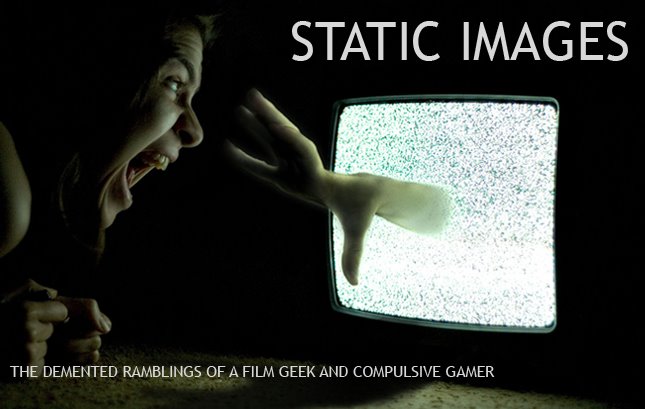I recently finished reading the latest novel from one of my favourite authors, Colorless Tsukuru Tazaki and His Years of Pilgrimage by Haruki Murakami. Despite lacking the surrealist currents which run through my personal favourite of his works, this book connected with me deeply. Its meditation on loss and alienation was very moving and I was particularly taken with the notion that events from years in the past not only shaping who we are today but actively trapping us in an endless loop of retrospection and obsession with what could have been.
Then by complete accident, on the same day I finished the book, I also re-watched the third film in Edgar Wright’s “Three Colours Cornetto” trilogy - The World’s End. And what a surprisingly perfect match they were!
Both tell tales of lonely men, who during their school years were part of a close knit friendship group, a group that defined them and their sense of identity. And in both cases, these men were ejected from these groups. In the case of The World’s End Gary King was abandoned by his friends after causing a near fatal car accident, and in the case of Tsukuru Tazaki, he was thrust out of the group for unknown reasons which spur the events of the book. Both men then drift through life in a state of arrested development, obsessing about their childhood and the rift it has left in their lives. And ultimately both men must return and confront their pasts in order to mature as human beings.
Colorless Tsukuru Tazaki and His Years of Pilgrimage and The World’s End understand the power of memory and the immensely powerful grasp it can have on us. Sure one tale is of a quiet, mild mannered Japanese man living in Tokyo and the other is a hilarious, explosive genre film about an alien invasion, but the thematic similarities are striking.
And they form a delightfully unexpected double bill.









